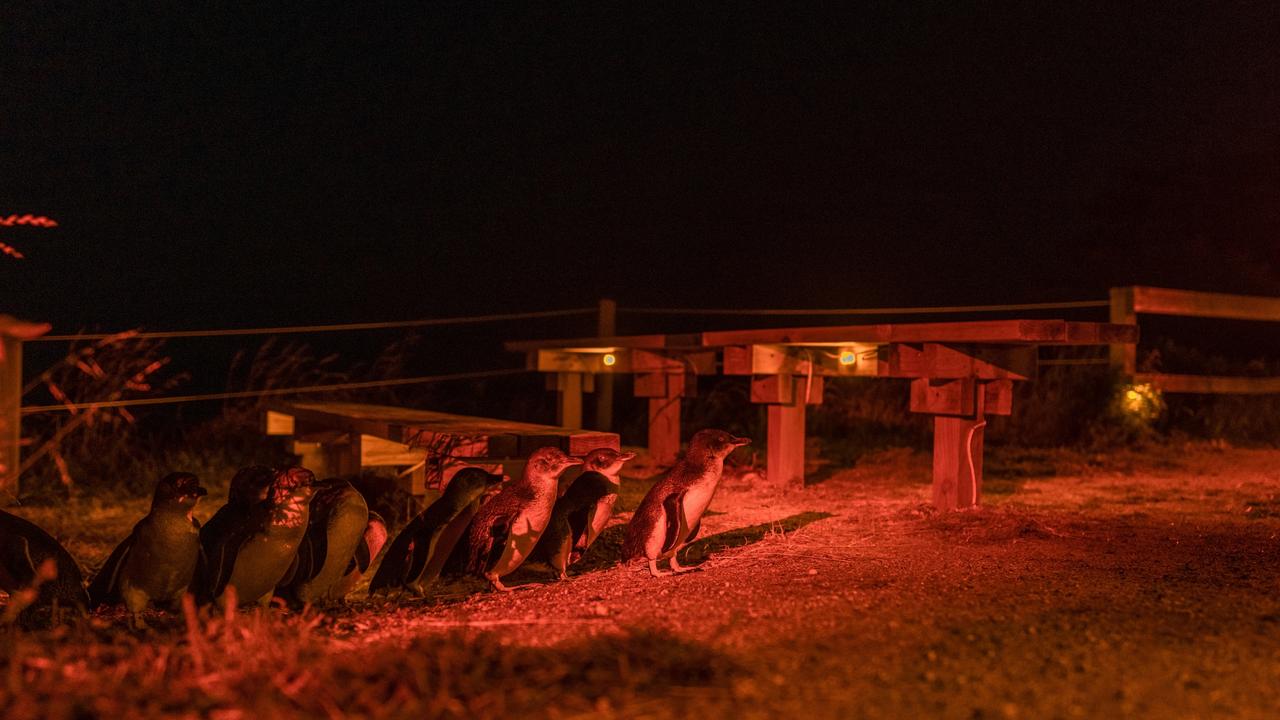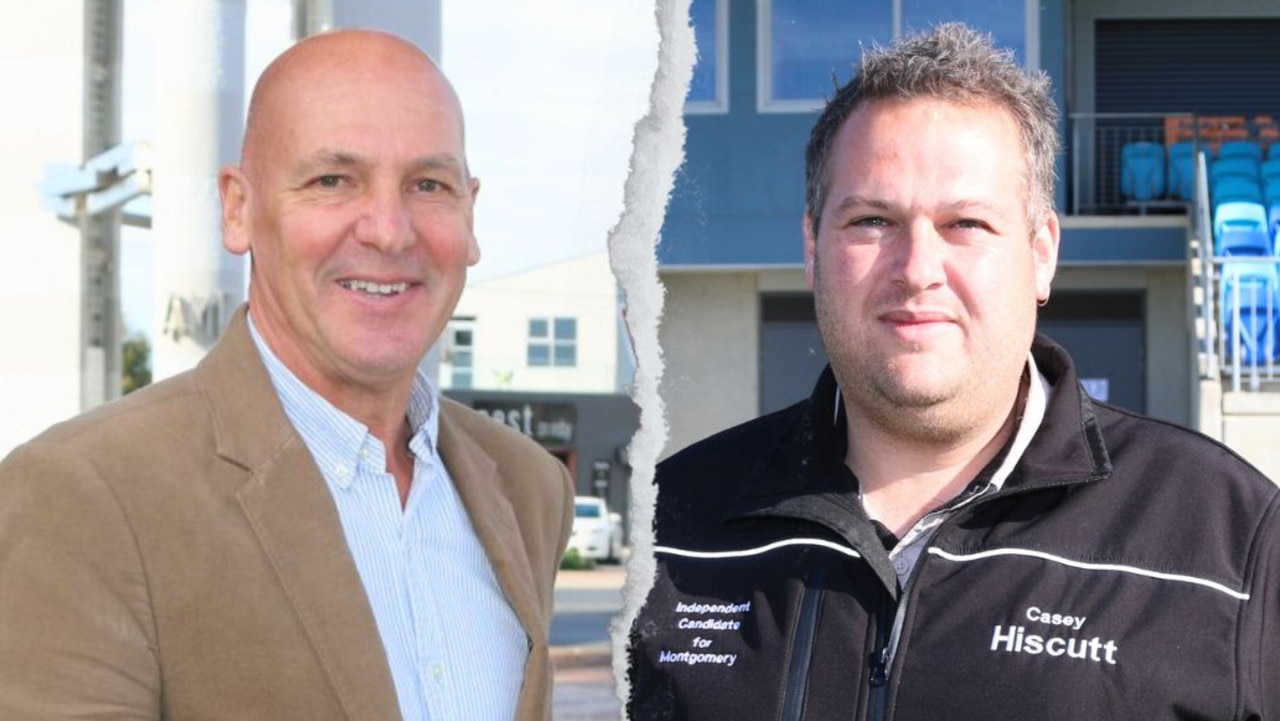Paul Pritchard: Renowned mountaineer on how he conquered his fears and reclaimed his life
Paul Pritchard was told by doctors he would never walk again after a freak climbing accident. But the legendary mountaineer refused to accept this and instead forged a life he wished to live.
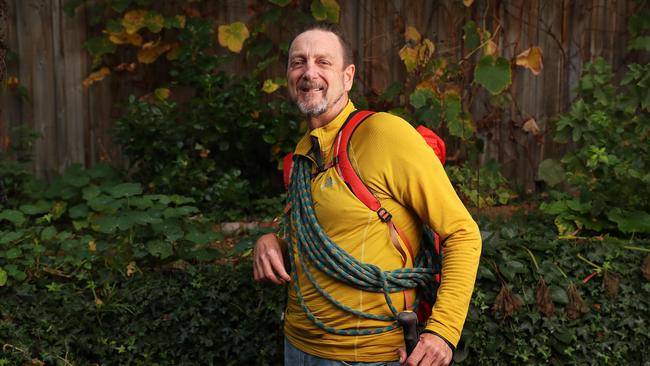
Tasmania
Don't miss out on the headlines from Tasmania. Followed categories will be added to My News.
Few people are more qualified to talk about facing their fears than mountaineering legend Paul Pritchard.
Twenty-six years ago, the intrepid Pritchard, who was at that time among the world’s foremost professional climbers, travelled to Tasmania from his native England to scale the Totem Pole, an imposing sea stack on the Tasman Peninsula.
It was February 13, 1998, and he and his then-partner, Celia Bull, were climbing the 65 metre sliver of dolerite rock when a boulder plunged from 25 metres above Pritchard, crushing his skull and leaving him with a significant brain injury and hemiplegia on the right side of his body.

He lost the ability to speak for a year and doctors told him he would never walk again.
But Pritchard defied all expectations, overcoming adversity and countless obstacles to take back control of his life.
He used an experience many thought would destroy him as the raw material with which to build a new life; one just as fulfilling and rewarding as that which he had led prior to his brain injury.
Not only did he walk again, but just seven years after what he refers to as “the accident”, Pritchard summited Mount Kilimanjaro as part of an expedition led and planned by people with disability.
He describes it as “one of the greatest moments of my life”.
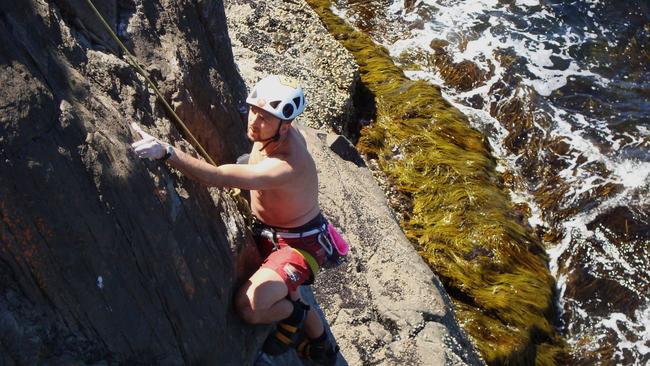
“To do things with like-minded and like-bodied people is a great joy,” he tells TasWeekend.
In 2016, Pritchard, who now lives in Hobart with his partner Melinda Oogjes, returned to the Totem Pole, completing the climb that was so violently cut short eighteen years previously. He says the experience greatly improved his “confidence” and led to his “full acceptance of who I am now”.
“That was a really powerful moment for me to actually confront what had done me so much harm,” Pritchard says.
For this remarkable feat, he was awarded the Australian Geographic Spirit of Adventure medal and was also nominated for Australian of the Year.
Over the past 26 years, Pritchard, now in his 50s, has carved out a niche as a disability advocate, diversity and inclusion trainer, and public speaker.
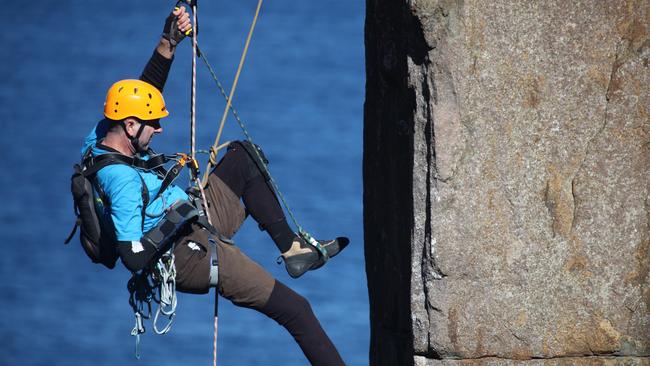
He is a member of the board of Disability Voices Tasmania and in 2022 led a team of people with disability on a 232km traverse of the famous Larapinta Trail in the Northern Territory.
Pritchard will be among the speakers at the TEDxHobart event at the Odeon Theatre on May 11, where he will deliver a talk on the right of people with disability to live a life they choose, even if it involves a degree of risk.
Pritchard delivered a fear therapy workshop at the Outdoor Health Forum, held at Spring Beach, this week, leading an abseiling session designed to help people face their fears through a process of “radical acceptance”.
For him, there is an intense healing power in exposing oneself to one’s most profound fears.
And this extends to the practice of writing, which Pritchard has engaged in for decades, even prior to the Totem Pole incident.
He has written several books about climbing, including 2005’s The Longest Climb, which details his long journey of recovery and acceptance.
A revised edition of the book was released by Canadian publisher RMB this month.
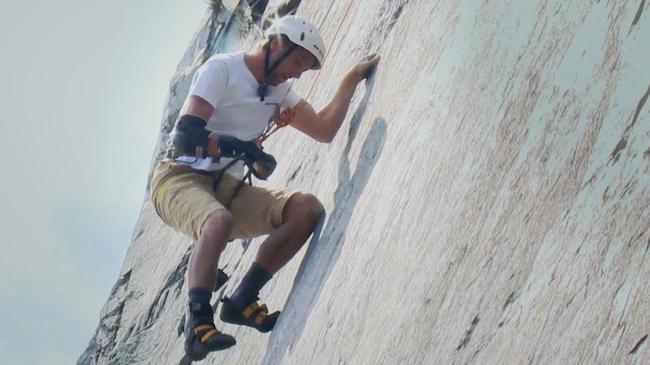
Pritchard is a two-time winner of the Boardman Tasker Award for Mountain Literature and has also won the grand prize at the Banff Mountain Book Festival.
“I think it’s pretty accepted that you can lessen your trauma by constant retelling of the story,” he says. “So when I talk about it now, it’s like it happened to somebody else, really.”
Pritchard still thinks about what happened on the Totem Pole in 1998 “every day as soon as I get out of bed”.
“I’m still hemiplegic so I still have no use of my right arm and I’ve still got an awful limp,” he says.
“And I have to wear a splint to walk. So I can’t avoid thinking about it every day.”
“But that doesn’t mean that it’s a bad thing for me to think about it.
“For me it just reinforces my gratitude. That’s something that quite a few people tend to be disbelieving of, when I say it’s the best thing that’s ever happened to me.
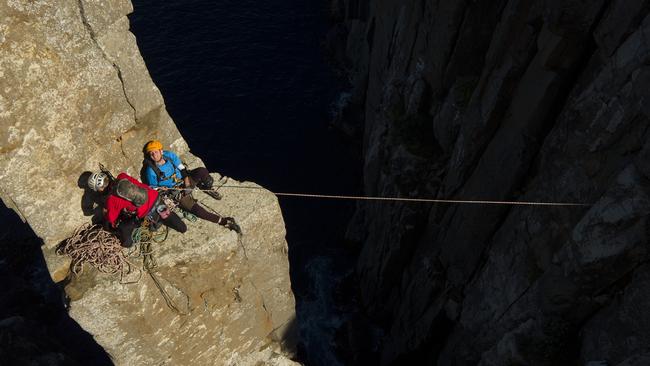
“I’m filled with gratitude and see the Totem Pole accident as a precious gift, if you will, because it taught me so much and it still continues to teach me every day – just about the struggle of life, really.”
John Middendorf, a big wall climber and friend of Pritchard’s, describes him as “kind, generous, and thoughtful” and says he has “learnt much from Paul”.
The pair first met in the 1990s, when they were both travelling the globe on climbing trips. Middendorf was writing for climbing magazines and interviewed Pritchard for an article as he was “one of the leading expedition climbers”.
“The stories he documents and describes in his book, The Mountain Path, are similar experiences of every mountain climber, yet his thoughtful reflection on the life lessons are powerful and insightful,” Middendorf says.
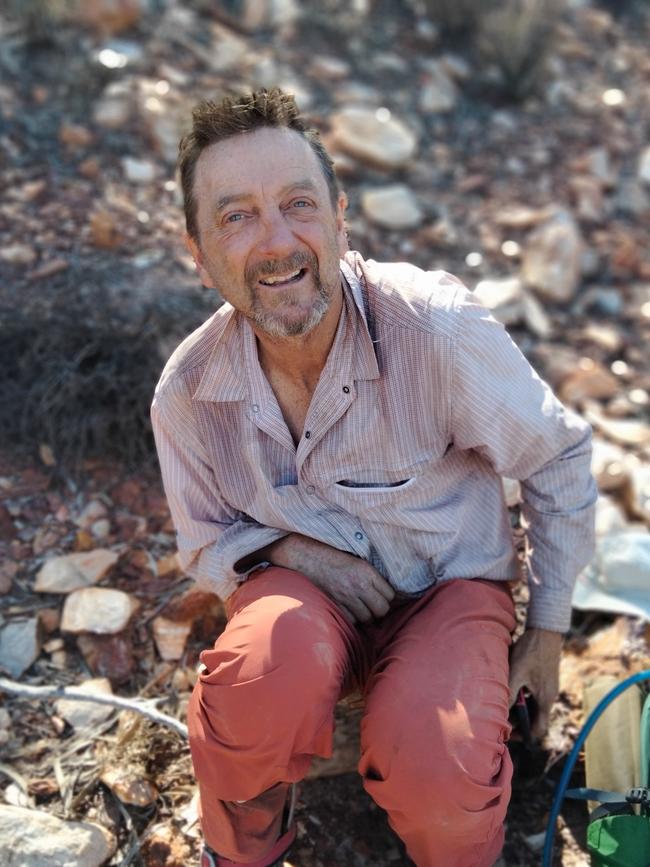
“One of his many admirable qualities is how he initially conceives an idea for an adventure, then makes a plan, and makes it happen, year after year.”
Middendorf says Pritchard has become “increasingly spiritual” in recent years and is “above all, determined”.
Pritchard speaks carefully and deliberately and you can hear him searching for the right words with serene patience. He says the experience of writing is similar for him.
“I’ve always written about my experiences but when I had this accident … it [became] a very cathartic experience,” he says.
“When you’ve got difficulty finding words like I have because of my brain injury, it’s very, very good therapy to work your brain.
“To form a sentence, it’s like a puzzle. And so there’s that kind of therapy aspect to it, working your brain as if it were a muscle.”
The “exciting thing” about a brain injury, according to Pritchard, is that it “never stops getting better”.
“Because of the plastic nature of the brain, because of the neuroplasticity … it’s a bit like learning a new language or a new skill. If you work at it, then you improve,” he says.
“Obviously some people with a brain injury that I’ve met through the years, if they’ve lost the capacity to self-reflect or if they’ve lost the capacity to motivate themselves, then they seem to fare a lot worse.
“They might not have any motivation to get better or to improve. So I think I am really lucky and really grateful for just the blind chance, really, that I was hit on the head where I was hit on the head.”
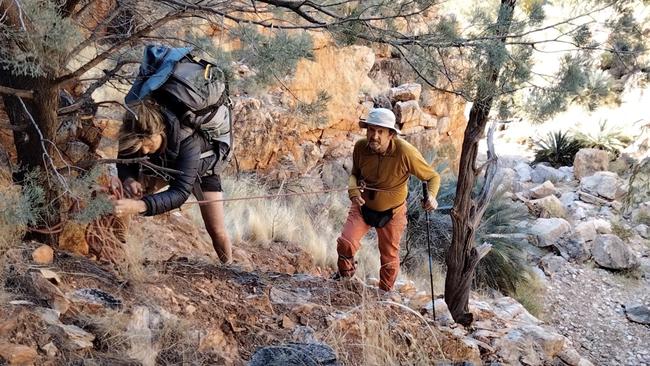
For Pritchard, confronting one’s fears is a means of self-improvement, of getting further and further in touch with one’s full potential.
He provides an explanation of this in The Mountain Path, outlining the importance of immersing oneself in the natural world and being open to embracing risk.
According to Pritchard, “challenging ourselves in wild nature, if we do it often enough, pushes us to do our best, be our best, to strive to be more comfortable with inevitable fears, to be more trusting and more able to be dedicated”.
“It enables us to put painful events such as illness, grief and loss into perspective, and, dare I say it, live a more harmonious life,” he writes.
Pritchard seems to say that fear is always present. Acknowledging this fact and, indeed, facing it head-on, can offer a pathway to inner peace and self-acceptance.
And there’s no greater testament to the benefits of this approach to life than Pritchard himself.




